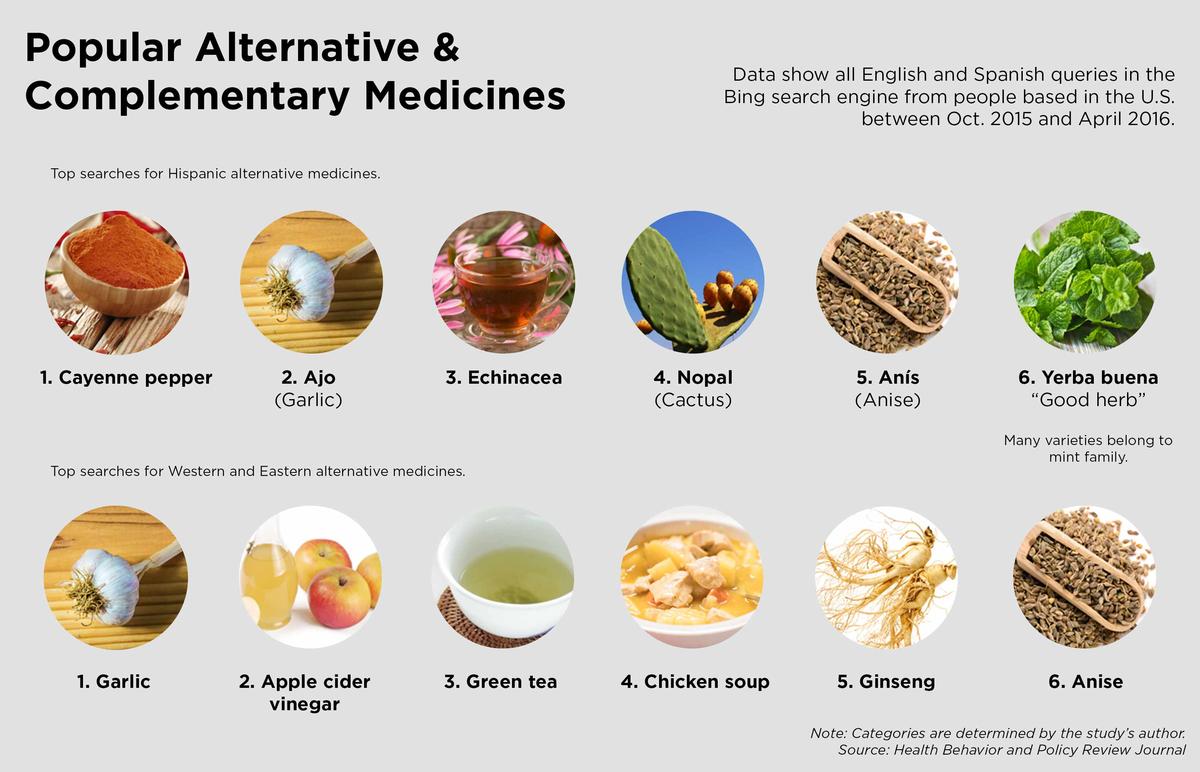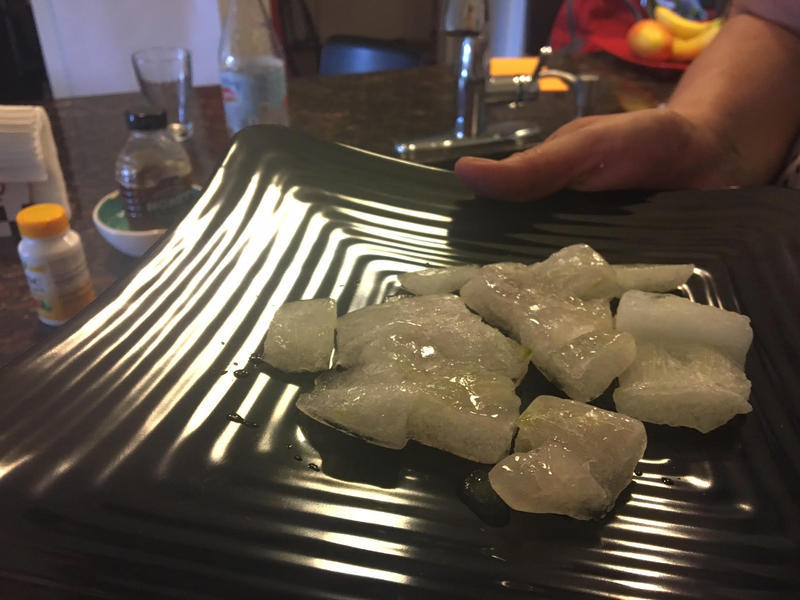From KERA:
Depending on who you ask, there are many ways to cure a cold. Some people turn to brand-name cough syrup and others, to herbal teas.
In Texas, there’s a long tradition of combining both modern and alternative medicine — a tradition that patients rarely discuss with their doctors.
One Microsoft researcher got creative and figured out a high-tech way to learn about how people use alternative medicine.
Medicine from the kitchen
Raquel Medina has a natural remedy for everything. In her kitchen there’s a box full of plant-based teas, a bottle of eucalyptus extract, Echinacea pills. In her freezer? Frozen squares of sábila, or aloe vera, wrapped in aluminum foil.
Medina, who grew up in Cuba, remembers her grandmother and aunts using sábila when someone got burned or cut with a machete. When she moved to Mexico, Medina picked up a few more alternative medicine tricks — all of which she used on her three daughters, who are now adults living in Texas.
“I can count on one hand the number of times I gave my daughters antibiotics,” Medina says. She prefers to use herbs and natural remedies for everything.
Generations pass down home remedies
The Latino population in the southwest is extremely diverse, but Tony Zavaleta says one thread that ties the community together is the use of alternative medicine.
Zavaleta, an anthropologist and fifth-generation Texan, has been studying folk medicine, or curanderismo for decades.
“Folk medicine is an integral part of culture,” he says. “[People] have seen it work for generations and so that’s what they use.”
He says most people learn traditional medicine from a mother or grandmother. In fact, he remembers his grandma coming to his house when he was a kid to treat his ear infection — with a rolled up piece of newspaper.
“She stuck it in my ear, and with a match, she lit the inside of it and there was an audible swoosh, and I was relieved of the pain,” Zavaleta says.
Search data show common cures
A lot of folk medicine happens in the privacy of people’s homes. That makes it extremely challenging to research. It’s a challenge Elad Yom-Tov, a Microsoft researcher based in Israel, was in a particularly good position to tackle. For years, Yom-Tov has looked at what our internet searches reveal about how we treat disease — away from the doctor’s office.
“These data provide such an interesting window into people’s lives that was not available before,” Yom-Tov says.
In general, companies don’t hand out raw search data. It’s private. Since Yom-Tov works at Microsoft, he had access to more than a million anonymous searches conducted on Bing, in both English and Spanish over a six-month period. He teamed up with University of Texas – Rio Grande Valley professors W.F. Strong, who teaches culture and communication, and Lupita Rodriguez Strong, who teaches English, to analyze the data.
The study, published in Health Behavior and Policy Review, broke down influenza-related searches into three categories: modern medicines (like Tylenol and Nyquil), Hispanic alternative medicines (like cayenne pepper and eucalyptus oil) and Western and alternative Chinese medicines (like garlic, ginseng and green tea).
The chart below illustrates the top searches for alternatives medicines.



















